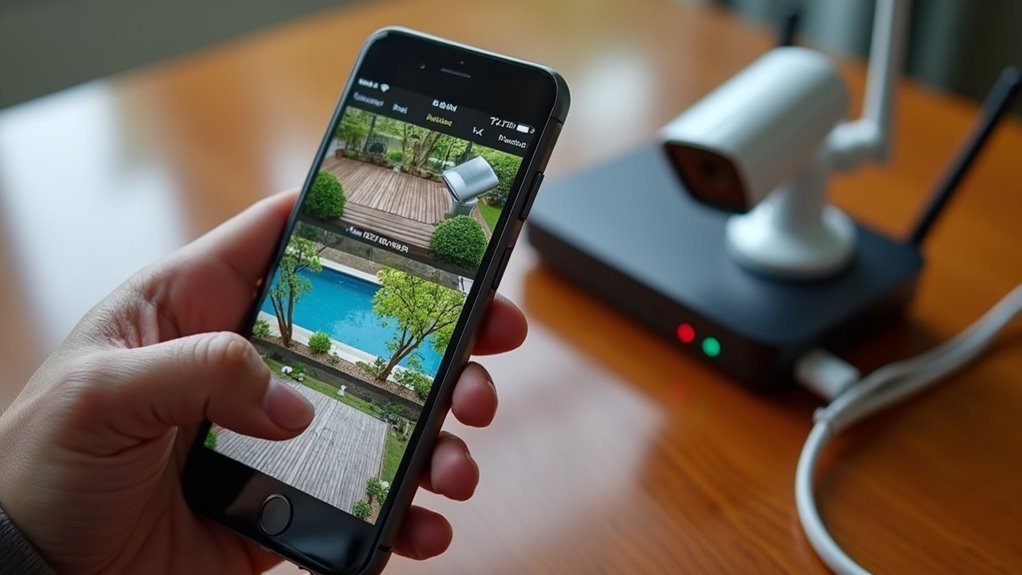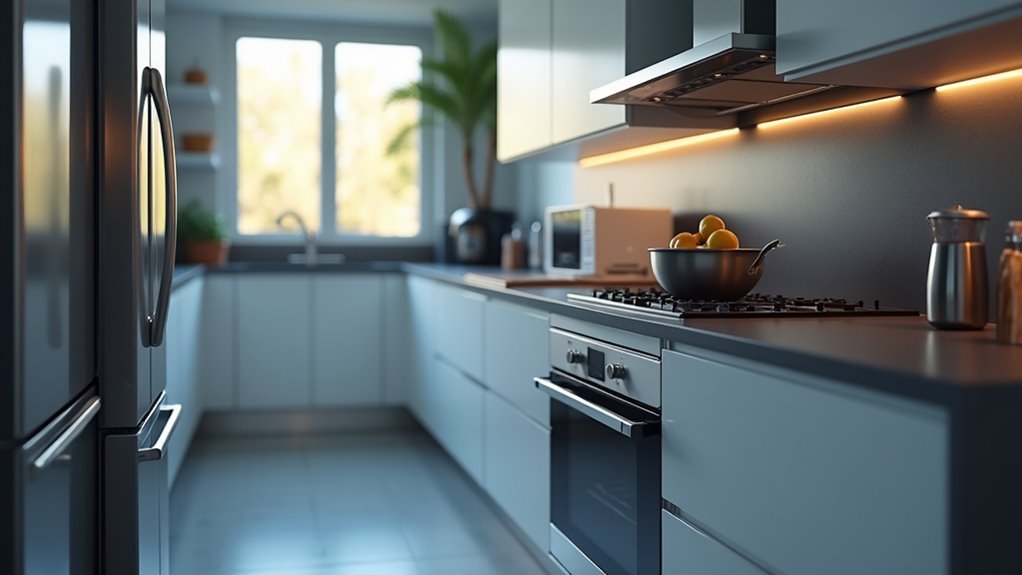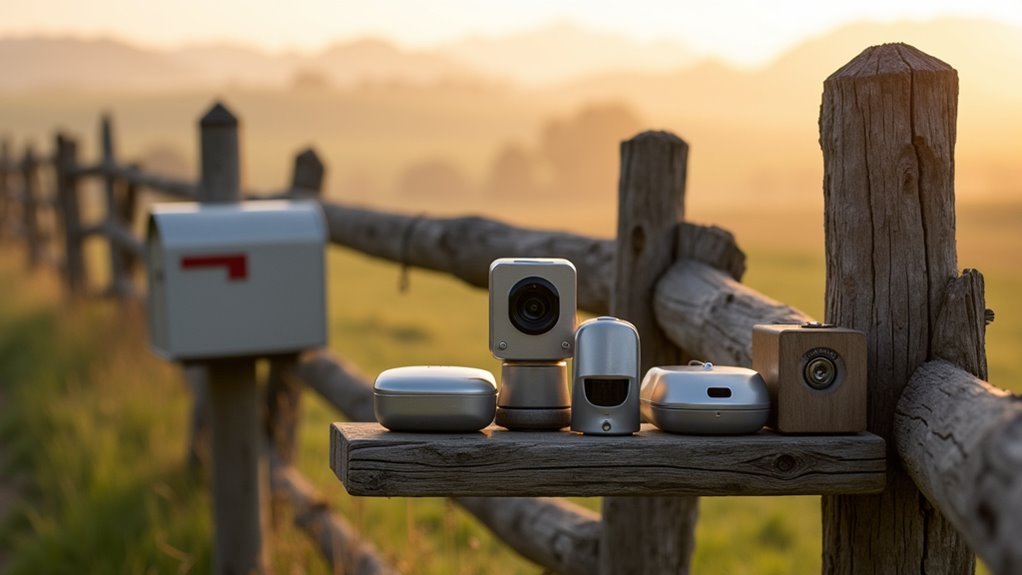You’ve probably noticed smart outlets popping up everywhere, but you’re not sure where to start or which features actually matter. While these devices promise to transform your home into a connected powerhouse, choosing the wrong one can leave you frustrated and out of pocket. The good news is that three simple strategies will help you avoid common pitfalls and access the full potential of your smart home investment.
Understanding Smart Outlet Features and Capabilities

Smart outlets transform ordinary electrical outlets into intelligent control hubs that you can operate remotely through your smartphone.
These smart plugs let you control your devices from anywhere with internet access, providing unprecedented convenience for managing your home appliances. Energy monitoring capabilities help you track energy consumption of connected devices, identifying which appliances waste electricity and driving up your bills.
Smart plugs provide remote device control from anywhere while monitoring energy consumption to identify wasteful appliances driving up electricity costs.
Scheduling features enable you to automate device operation by programming timers for lights, fans, and other electronics. You’ll save energy while maintaining comfort through automated routines.
Voice control functionality integrates seamlessly with your existing smart home ecosystem through compatibility with voice assistants like Amazon Alexa and Google Assistant.
The user-friendly smartphone app makes setup straightforward—simply plug in, connect to Wi-Fi, and configure through the intuitive interface.
Selecting the Right Smart Outlet for Your Home
With numerous smart outlet options flooding the market, choosing the perfect device requires careful consideration of your specific needs and home setup.
First, verify compatibility with your existing smart home ecosystem, whether you’re using Amazon Alexa or Google Assistant for seamless integration.
Evaluate wireless connectivity options like Wi-Fi, Zigbee, or Z-Wave, confirming your network can handle additional smart plugs without congestion.
Prioritize outlets with energy monitoring capabilities to track power consumption and identify energy-draining devices.
Check user reviews thoroughly to gauge reliability and performance before purchasing.
Finally, assess the physical design and build quality, verifying the outlet fits your space while maintaining safety standards.
These considerations will help you select smart plugs that truly enhance your home automation experience.
Setting Up and Configuring Your First Smart Outlet

Once you’ve selected your ideal smart outlet, the initial setup process becomes surprisingly straightforward and takes just minutes to complete.
Begin by plugging your smart device into a standard electrical outlet and pressing the power button. Download the dedicated app for your specific smart plugs model, which provides step-by-step setup guidance.
Connect to your home Wi-Fi network through the app’s prompts, entering your password carefully. Activate pairing mode by holding the power button until indicator lights confirm readiness.
Once paired, you’ll have control via smartphone for scheduling devices and monitoring usage. Explore the app’s features like energy monitoring and automated scheduling to maximize your smart outlet’s potential functionality.
Frequently Asked Questions
What Should You Not Plug Into a Smart Plug?
You shouldn’t plug high-wattage appliances, medical devices, refrigerators, sensitive electronics, or motor-driven appliances into smart plugs. They can cause fire hazards, reliability issues, power interruptions, data loss, or equipment damage from electrical problems.
What Are the Disadvantages of Smart Plugs?
You’ll face cybersecurity risks from potential hacking, Wi-Fi connectivity issues, compatibility problems with certain devices, standby power consumption that reduces energy savings, and complex setup processes if you’re not tech-savvy.
What Is the Difference Between a Smart Outlet and a Smart Plug?
You’ll find smart outlets replace your existing wall outlets permanently, while smart plugs simply insert into current outlets. Smart outlets offer integrated installation but require electrical work, whereas smart plugs provide portable convenience you can move anywhere.
Do Smart Outlets Use a Lot of Electricity?
Smart outlets don’t use much electricity themselves, consuming only 1-2 watts when idle. You’ll actually save energy by scheduling devices to turn off automatically and monitoring which appliances consume the most power.





Leave a Reply